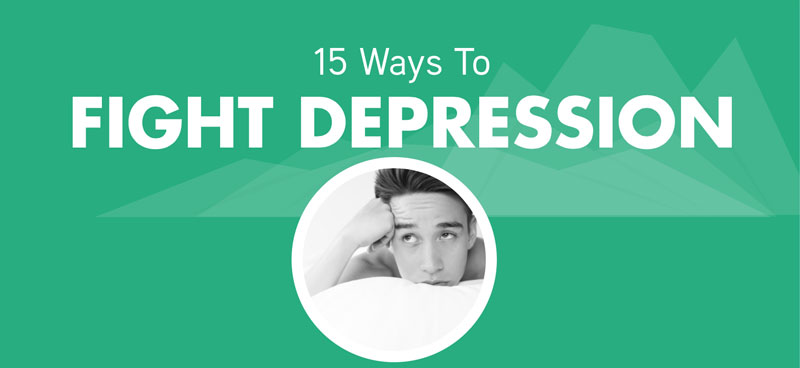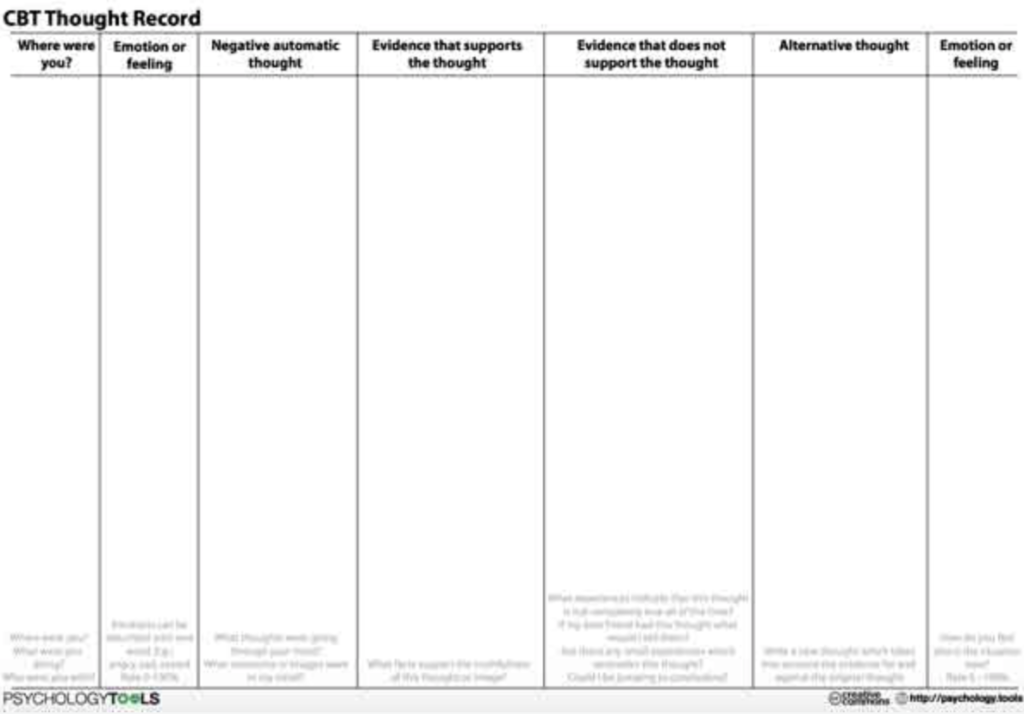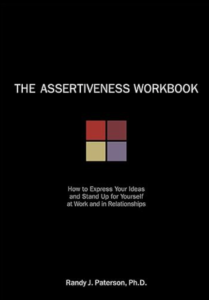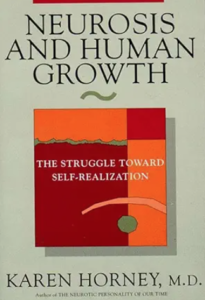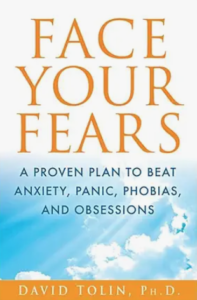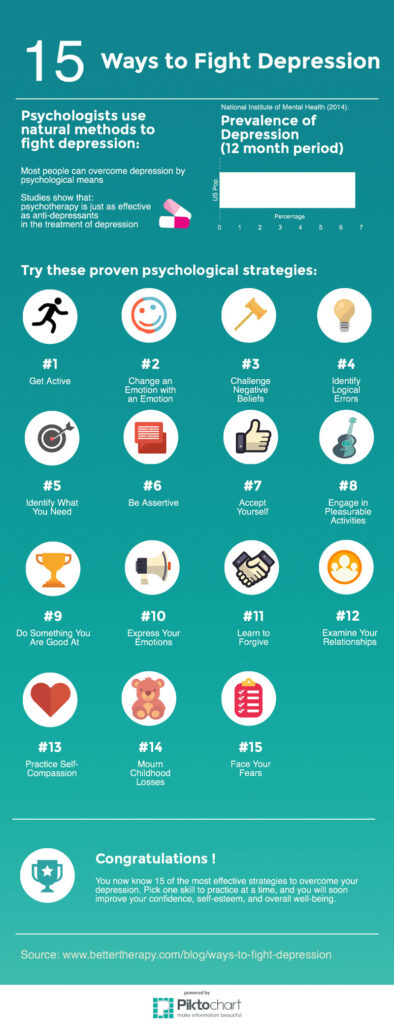Are you or someone you know depressed?
Not to worry… In this comprehensive, yet simple and practical, self-help guide, I will give you an overview of fifteen of the most effective techniques psychologists use to help their clients overcome depression.
Let’s go through each technique one at a time:
1. Get Active:

When we become depressed our body often starts to shut down. We become lethargic, don’t want to do anything, and feel like every little task is a hassle. To counteract this tendency, behaviorists have long suggested that one of the best ways to fight depression is to get your body reactivated.
One way to do this is to exercise. When you exercise, your body releases endorphins into the blood stream and this produces a calming effect. You might even consider lifting some weights since the succession of straining your muscles and relaxing your muscles mimics another psychological technique to calm the nervous system called progressive muscle relaxation.
Even if exercising seems like too formidable a task at first, start out by just going for a 30 minute walk, or getting out and about in small ways, even if just to run errands. Any activities you do outside the house will help to make you feel that you are accomplishing something, and will counteract the vicious cycle of shame, guilt and inadequacy that comes from procrastination, sitting around, sleeping, or giving up.
The behavioral approach to fighting depression very much prioritizes doing over thinking and feeling. Even if you don’t feel like doing something or can think of many reasons not to, if you participate in activities, these behaviors will bring rewards and will ultimately change how you feel and think.
Think of it a bit like getting into a new series on TV or reading a novel. You sometimes have to just get started, in order to eventually get interested, and subsequently have an internal motivation to watch another episode or read the next chapter. What matters is taking the first step.
Watch a video on progressive muscle relaxation to try it out now:
Also Read: Exercise Eases Anxiety and Depression Symptoms
Also Read: The Therapist’s Guide to Exercise and Mental Health
2. Change an Emotion with an Emotion:
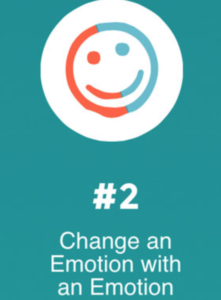
Les Greenberg who has studied the change processes in therapy has identified “changing an emotion with an emotion” as one of the key principles of change.
If you are feeling sad, for example, that emotion which alerts you to a loss or absence of something you want, also contains a potential for getting in touch with other emotions, which will change the nature of your sadness.
You may for example access your anger about what you have lost or wish you had. This would mean turning the sadness outward and expressing your indignation at the people who were not there for you and the injustice of things not going your way. The anger that can be healing is righteous anger (or standing up for yourself), not sad angry complaining, but this is something we will come back to later in this guide (See principle #6: Be Assertive).
The sadness you feel can also be transformed through a grieving process which allows you to actively let go of what will never be or what is forever lost. Oftentimes people stay captive in a depressed state because they are not able to accept their reality. They continue to wish that it be different. Grieving allows you to move on and focus on building a new reality (See principle #14: Mourn Childhood Losses).
By going into your emotions, rather than avoiding them, and by accessing another emotion that is contrary to or different from the original emotion, you can transform how you feel.
Marsha Linehan, has made this one of the general principles in her Dialectical Behavior Therapy. She recommends that when you are sad, you watch something funny on TV, or when you are angry, you engage in charity work. She calls this principle “acting opposite your emotion”. Some might consider this “fake” or “inauthentic”, but that would assume that you consider your real self to be static or equal to your current emotional state. Research, however, shows that we have many selves and that different emotions organize and mobilize different versions of ourselves. That is why, an introverted person, can become extroverted in certain environments and at certain times, or why you can feel different about yourself around strangers than around friends.
Here is a tutorial on using the “Opposite Emotion” Skill as one of the ways to fight depression:
3. Challenge Your Negative Beliefs:
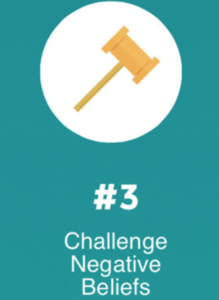
When you are depressed, your emotional state often hijacks your thoughts. You feel sluggish and you think to yourself “I am so lazy, so useless, so worthless”. These thoughts then make you feel even more hopeless and depressed. One way to actively battle this self-reinforcing downward spiral is to catch your thoughts and challenge them by using logical evidence to assess their truthfulness.
First you write down the things you tell yourself that make you feel down. Then, when you have become aware of the specific statements that run through your head, you subject your thoughts to what we can call “thought court”.
A thought court is a way for both the prosecutor and the defender to have their evidence heard so that we can better arrive at a true verdict that takes all the evidence into account,
In this case the prosecutor is the self-critical voice that tells you many negative things about yourself. We want to hear the evidence the prosecutor can submit to support the negative claims, and we want you to write it all down.
However, we also want to hear from the defender, who in this case would be the more positive voice that looks for exceptions or evidence to the contrary.
When looking at and comparing both sides, we can then arrive at a more factually and logically accurate verdict, and can write down a new thought which is more balanced and fair.
To get started with the exercise, take a piece of paper and draw separate columns. In one column you write down the evidence for what you are telling yourself (the prosecutor), in another you write down evidence against (the defender).
You have to imagine yourself making a case for and against your judgment of yourself in a courtroom in front of a judge. This means putting forth your strongest evidence for and against, and really trying to prove and disprove your case. Then when you have all the evidence lined up side by side, you have to take both sides into account and formulate a thought or judgment that is more accurate and more fair. When looking at the evidence, your thought “I am so useless”, might change into “sometimes I feel useless, but there have been many times when I have added value and contributions to others”.
The goal of the exercise is to demonstrate how thoughts influence the way we feel, and how we can change how we feel, by thinking in a more fair and balanced way.
You can make a copy of the following thought record to get started, or you can click the link below to download it:
Download: > Thought Record
4. Identify Logical Errors in Your Thinking:
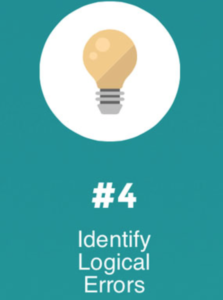
This principle is closely related to the previous, but worth considering in its own right. When emotions take over your thinking, you are prone to base your self-assessment on faulty logic. One of the best ways to fight depression is consequently to examine the faulty logics that are contributing to making you feel bad about yourself.
Cognitive therapists have identified a whole catalogue of faulty logics depressed people use. These include:
- All or nothing thinking (losing the ability to assess yourself as falling somewhere on a continuum, rather than belonging definitely to one category or another, F.ex: There is nothing good about me)
- Mind-reading (assuming you know what another person thinks, feels, or intends, without checking with that person: F.ex. this person doesn’t like me, I just know)
- Mental filter (ignoring any evidence that would dispute your conclusion. F.ex. ignoring the A you got on an exam, and focusing only on the C you got on another)
- Jumping to conclusion (drawing premature conclusions and leaving out consideration of other possibilities. F.ex., he did not respond to my text-message, so he does not like me).
Noticing when you engage in such faulty logic, will help you when you challenge your negative beliefs (see principle #3), and will allow you to step back from your emotional conclusions rather than be swept up in them and treat them as if they were truths.
A list of some of the most common logical errors are reviewed below:
Download: > Cognitive Distortion Checklist
5. Identify What You Need:

Emotions are appraisals of an environment in relation to one’s needs. They tell you whether or not things are going your way or getting in your way. When you get lost in your anger, your loneliness, or your sad complaints (blame), without fully understanding what it is you need, and why it is that your life situation is being given a negative emotional appraisal, you end up getting stuck.
However, every emotion gives you information about what it is you value, want, or need, and if you can get in touch with that, you will have more agency and control over getting what it is you really want. One of the ways to fight depression is therefore to unlock the unfulfilled need contained in your emotional frustrations.
For example: If you are stuck in a kind of grief that doesn’t seem to get better or resolve itself, it may be because you are reluctant to let go of the comfort and safety that comes from holding on to a loved one. You may be afraid of finally letting go, because you are afraid of the pain of feeling abandoned and empty. Your stuckness in grief reveals to you that you have a need to feel loved and held. This awareness might spur you to more actively pursue ways to feel loved and held by other people in your life, which can then free you to finally grieve your loss.
Another person might be stuck in the angry complaints against their romantic partner for being inconsiderate or absent-minded, but the angry complaints at feeling wronged might obscure the sadness and longing that comes from the need to feel close.
Once you realize what it is you want or what it is you are missing, you can more directly ask for it or attempt to achieve it. You can then get unstuck from an emotion that will otherwise linger because it can’t achieve its aim.
6. Express Your Anger and Be Assertive:
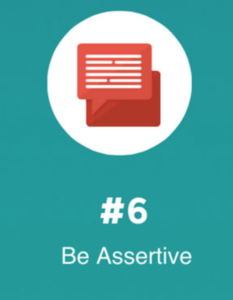
An old theory of depression is that it is anger turned inward. Although this is somewhat simplistic, it is often the case that people who feel guilty or fearful of asserting what they want end up feeling passive, sad, and unhappy. Depression can therefore often be a sign to you that you are not standing up for yourself on issues that really matter, or that you are not allowing yourself to set an important boundary. One of the best ways to fight depression is therefore to become more assertive and explicit about your needs and wishes.
It is important for you to realize that anger is an important emotion that helps you realize when your needs are being frustrated. Only if you can allow yourself to feel your anger, can you examine what needs might not be met and take action to correct a bad situation.
Some people are scared of anger because they associate it with being out of control, violent, or destructive, and they may think of it as antithetical to maintaining strong bonds with others. They may fear that if they express their anger, others will leave, get annoyed, not care anymore, and so on.
The truth is, however, that anger comes in many forms, and does not have to be destructive if handled skillfully. There is a difference between angry complaining, and righteous anger, and between aggression and assertiveness. In the one situation the anger blames and destroys, whereas in the other, the anger asserts and conveys confidence. Learning when and when not to trust and express your anger is a necessary skill for you to learn if you don’t want to live a passive life.
Here is a workbook I recommend that will help you find ways to become more assertive in your life:
Also Read: > Important Lessons Your Anger Can Tach You
7. Learn to Accept Yourself as You Are:

We often grow up thinking that parts of ourselves are not acceptable or good enough. These kinds of experiences of being flawed or not possessing certain traits, can often lead to a pursuit to become someone we are not.
Many people end up living lives that attempt to make up for a perceived flaw. If you felt different from your peers when you were growing up because your parents lived in a trailer park, you might feel compelled in your life to compensate for this perceived inferiority, by measuring your self-worth against how much money you are making in your career. Your life might become a compulsive pursuit of status and prestige, but inside you are still that wounded child who just doesn’t feel good enough.
Many people pursue some ideal version of who they want to be that simultaneously passes judgment on who they really are. Because they are not accepting themselves, but always have to be better, smarter, richer, and so on, they are destined to live a life of dissatisfaction.
Karen Horney, has written an excellent book about all the ways we attempt to make up for our perceived flaws through what she calls a “pursuit of glory”. I recommend that you read it if you find yourself having impossible standards that you continue to resent yourself for not living up to.
Also Read: > Low Self-Esteem and the Flight from Self
8. Engage in Pleasurable Activities:

When you are depressed you often don’t feel like getting out of the house or doing anything. You just want to stick your head under the covers and disconnect your phone line. However, there is good evidence that if you fight this urge to withdraw from the world and force yourself to get out and to do things, you will start to feel less depressed.
In behavioral activation therapy depressed clients are coached to schedule at least one activity every day that involves getting out of the house, and doing something active, even if they don’t feel like it.
You can keep the activity small at first, so you don’t feel overwhelmed, but you do have to commit to it and give it a shot.
Start with an activity of 30 minutes that you could possibly imagine would give you some joy. Perhaps go for a walk in the park, go get an ice cream, go to the library to look for a book that might interest you, treat yourself to a café latte in a coffee shop, or take yourself to the movies.
The important point here is that you don’t need to “feel like” doing it, but simply agree to do it anyway and treat it as an experiment.
The experiment is to compare how you felt before you did the activity and how you felt after doing the activity. Be a scientist and rate your depression from 1-10 before going out and do the same after returning. Now see if there is any change in your score. My best bet is that you will feel less depressed after doing the activity, not more.
Over time, you can increase the time or frequency of the pleasant activities you put in your schedule, but the important thing is that you stick to your plan even if you don’t feel like it.
Try to follow this advice for one week and schedule one pleasant activity for each day of the week. Then assess how it went and compare how you felt at the beginning of the week and at the end of the week.
Download: > Big List of Pleasurable Activities (Compiled by Deborah Christensen, Ph.D.)
Example of an activity schedule you can use:
Simply plug in the pleasurable activities from the list above and rate yourself before and after the activity to note the impact it had on your mood:
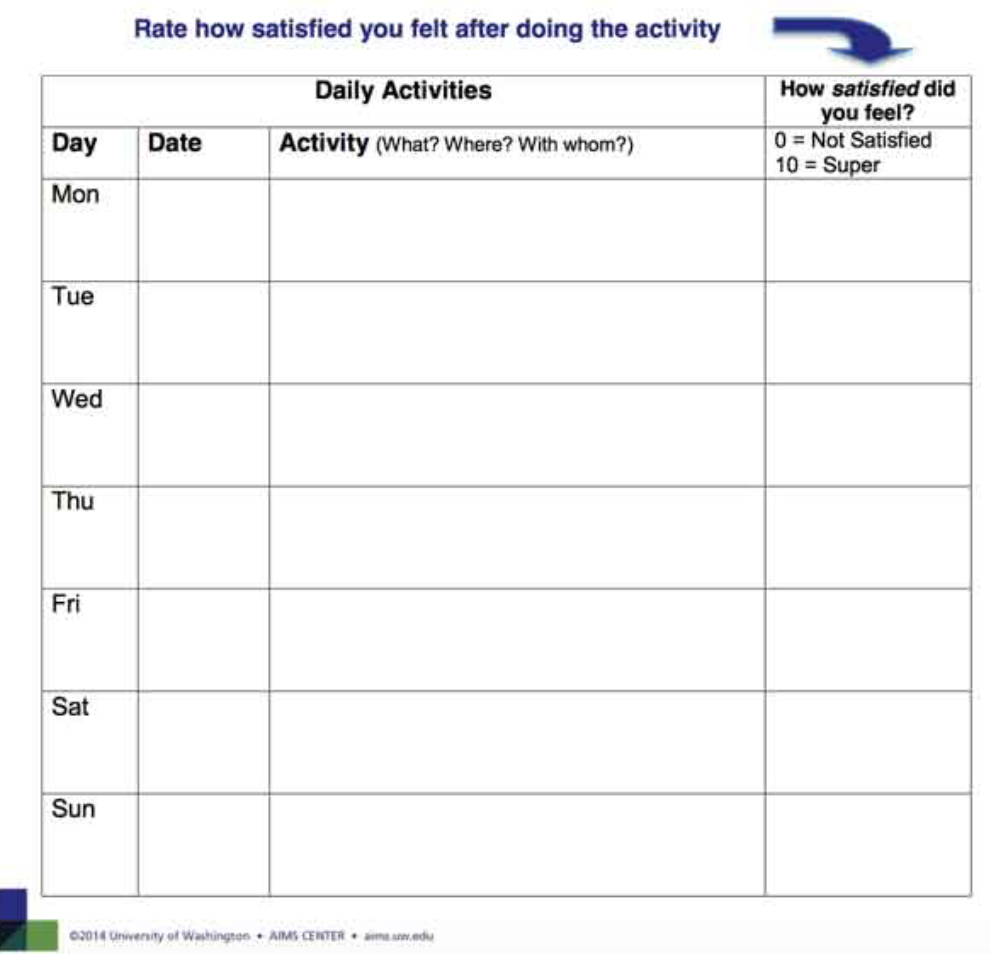
Download: > Activity Schedule Worksheet
9. Do Something You Are Good At:

Depression often goes together with feeling worthless or ineffective. An anti-dote to this feeling is to do something you feel good at. The sense of accomplishment and mastery that comes from a job well done will help rebuild your confidence and is one of the best ways to fight depression.
Remember to leave your all or nothing thinking at the door: You do not need to be good at everything in order to grant yourself a victory. If you are having a hard time remembering something you do particularly well, think back to earlier times in your life when you felt accomplished, or when somebody said you had a talent or knack for something.
Even if you come up empty, you can still give yourself an experience of success simply by thinking of a small project to complete: Clean your living room, look up a recipe and bake a cake from scratch, take care of some pending issue like getting your driver’s license renewed or following up on an e-mail you have been putting off.
You might not feel like doing it, but do it anyway, and make it manageable enough not to overwhelm yourself.
For starters just do one activity each day, and remember to pad yourself on the back and enjoy the fact that you accomplished it.
Challenge any negative thinking that tries to minimize or undo your accomplishment. At the end of the day, you are better off now than you were before.
10. Express Your Emotions:

Thinking and feeling things on your own is not the same as expressing them to others or even writing them down in a diary.
According to psychologists Robert Leahy, Dennis Tirch, and Lisa Napolitano: “Simply activating, expressing, and reflecting on emotion may have ameliorative effects for depression”
Something happens when we express ourselves that is very healing. Oftentimes we discover what we feel when we talk. We often don’t know what we think until we see what we say. This is in large part why psychotherapy is so healing. It helps us discover ourselves through talking, which gives us a better sense of ourselves and how we feel.
Of course there are other benefits to expressing yourself as well. If you open up to a trusted person it gives you the opportunity to feel validated, understood, and heard, and this in turn may make you feel more normal. It may help you to get your need for closeness met, and may give you the opportunity to ask for what you need.
If you don’t readily have other people available whom you feel comfortable opening up to, you should consider writing your thoughts and feelings down in a journal, participating in on-line forum, looking for meet-up groups to join, calling a hotline (or chatting online), or finding a therapist to talk to.
If finances are tight, you can utilize Open Path Psychotherapy Collective, which is a directory of therapists who offer therapy session for $30-50. You might also look up therapy groups to join, which will usually run you between $50-80 for a 90 minute session.
You can also get involved in charity work, which will help you take your mind of yourself, while building connections that might turn into lasting friendships. One good place to look for volunteer opportunities is: Volunteermatch
11. Learn to Forgive and Move On:
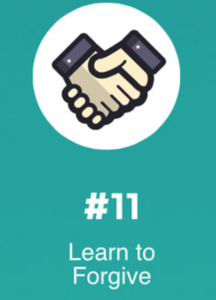
Many people end up being angry and sad about what they wish were different but can’t really change. Maybe they wanted a different father who was more involved in their life, or maybe they continue to feel they can’t meet the expectations of their mother, whom they wish would love them for who they are and not for their accomplishments.
In many situations such as these, people don’t fully move into the loss, but continue to protest the loss. They become stuck in their sadness and anger (often an undifferentiated mix of the two), and are unable to go through the grieving process of letting go.
Emotion research conducted by Leslie Greenberg shows that the way to facilitate the grieving process is to fully experience and express the anger and sadness you feel so you can more fully understand what you lost and what need was frustrated.
Once you have fully understood this, you then need to move into an understanding of the limitations of the other person who did not provide you with what you needed.
A good way to accomplish this is to try to enter into the other person you are angry with or hurt by, and to view them like you do when you are most angry or most sad. Then you write out what you imagine them thinking and feeling, speaking as if you were them.
Inhabiting the voice of your critical mother, you might for example write: “I did not love you. You were never who I wanted to have as a child”. Continue to write until you get it all out.
Then once you have written out what this critical/ abandoning mother would say, you shift back into your angry/ sad self and express how the critical mother makes you feel. You continue to use a 1st person voice and this time you try to get in touch with what you really needed and did not get from your mother. You might for example say: “You really hurt me when you don’t accept me (sadness)” or “I hate you for never appreciating me” (anger). Again, continue until you have written out everything you are angry or sad about.
Then you switch back to being your mother again, and try to imagine how she would respond to knowing about the pain she caused you. You might for example say: “I never meant to hurt you this way. I was going through a difficult time in my life and I did not know how to show the love you deserved. I tried in my own way to love you, but I realize it wasn’t good enough”. Try to enter fully into the regretful and compassionate voice and perspective that might be evoked in the other person if they truly understood how they impacted you.
Finally, you switch back to being yourself again and write out a response that indicates whether or not you can understand where the other person was coming from and can take in their new message. In this case, you tell your mother whether or not you can hear that she is regretful and feels bad. You also express whether or not you can forgive her and accept that she did in fact love you, even if she did not always know how to show it.
Switching roles between yourself and the other person, and writing out the dialogue using first-person voice, is a version of the empty chair technique used by emotion-focused therapists and gestalt therapists to help clients resolve unfinished business.
Example of the empty chair technique to resolving unfinished business:
12. Examine Your Relationships:
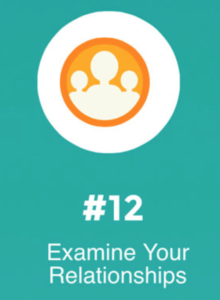
People don’t exist in isolation and how we feel about ourselves often depends on how others treat us. We all have a need to have parts of ourselves we cherish seen, understood, and validated by others. If it is important to me to feel valued for my intellect, then I need to feel like others around me think I am smart. If it is important to me to be seen as helpful, then I need to surround myself with people who view me as kind and considerate.
Oftentimes, we begin to feel depressed or unhappy when the people we interact with don’t view us the way we would like to be viewed. Maybe we are in an intimate relationship with someone who always complains about our shortcomings, or maybe we have friends who take advantage of us or treat us with disrespect.
One of the ways to fight depression is therefore to take an inventory of the people you spend time with and ask yourself: Are these people good for my self-esteem, or do they drain me or make me feel bad about myself?
Then make a decision to either cut people out who bring you negativity, or to talk to them about what you need from them, or what you don’t like about your respective roles.
As with any confrontation, it is much better to keep the focus on your own feelings and needs than on what the other person has done wrong. Use “I” statements rather than “you” statements. Express how you feel, rather than what you think about the other person. Approach the other person in a soft and vulnerable way, rather than in an angry and attacking manner.
13. Practice Self-Compassion:
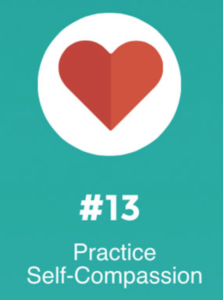
Many people who are depressed are very unforgiving of their own mistakes, but very compassionate and understanding of those of others. You might have a critical voice inside that tells you that what you do is never good enough and keeps beating you up about past regrets.
One way to challenge this negative self criticism is to deploy technique #3: Challenge Negative Beliefs.
Another is to practice self-compassion.
Self-compassion means adopting a loving and caring attitude toward yourself that is similar to the one you would adopt toward a good friend or someone you love. It is a way to remind yourself that you are human, have frailties, and make mistakes, but that you do the best you can given your circumstances, and deserve to be loved even if you make choices you are not proud of.
The Self-Compassion website by Dr. Kristin Neff contains 8 different exercises to cultivate a kinder and more accepting attitude toward yourself.
If you find yourself not feeling worthy of compassion or feeling too hateful toward yourself to attempt any of these exercises, try to imagine a kind and wise friend who cares about you unconditionally.
What would this friend tell you when you begin to slide into shame and start attacking yourself? Can you remind yourself that all of us have regrets, fears, and struggles? Can you step back from the flow of your thoughts and emotions to recognize that your suffering connects you to the rest of humanity, knowing that all human beings feel pain, guilt, and regret?
One way to get more comfortable with having loving and kind feelings toward yourself is to engage in meditative practices, such as the Self-Compassion meditation illustrated in the video below:
Source: www.sonima.com
14. Mourn Childhood Losses:
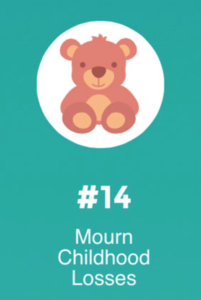
Some psychologists think of depression as the lack of acceptance of the full scope of all your feelings. According to psychologist and psychoanalyst Alice Miller, for example, depression is what happens when we attempt to escape from the childhood pain of not being acceptable in some way by trying to become what others want us to be.
Maybe we learned that our laughter was too loud, that our needs were too great, or that our anger was too destructive, and the implicit message we got was that our parents would not love us if we didn’t get rid of these impulses or feelings.
The fear of losing affection therefore started to overwrite our natural need for self-expression and we became more concerned with emotional adaptation than with fully being ourselves.
The problem is, however, that many of us keep on living our life as if we could redeem ourselves and gain the approval we were missing in childhood simply by being different. We still try to win our parents approval, even though the approval we are seeking is an approval we needed in the past. The loss of love we were seeking has already happened, and no effort can change this fact. Instead of chasing a way to redeem ourselves or repair an old wound, we are therefore better off grieving the loss and letting go.
This might sound depressing, but it really isn’t. Only when we can allow ourselves to truly mourn our losses can we get unstuck from the dynamic of trying to gain approval by being someone other than who we really are.
The opposite of depression is not happiness, but vitality, which means the freedom to experience all of life’s emotions and urges, including those which we previously wanted to push away.
Being able to experience envy, jealousy, rage, disgust, greed, loneliness, sadness, and despair, means being whole, and being whole means living life fully and being fully human.
As one psychotherapy patient tells it to her psychoanalyst:
It was not the beautiful or pleasant feelings that gave me new insight but the ones against which I had fought most strongly: feelings that made me experience myself as shabby, petty, mean, helpless, humiliated, demanding, resentful, or confused; and above all, sad and lonely. It was precisely through these experiences, which I had shunned for so long, that I became certain that I now understand something about my life, stemming from the core of my being, something that I could not have learned from any book!
(Quote from: The Drama of The Gifted Child)
If you would like to read more about grieving your childhood losses so you can be free to be yourself, I recommend the following highly acclaimed book by Alice Miller:
15. Face Your Fears:

One of the ways depression can look is as a pervasive sense of indifference, lack of interests, and lack of zest for life. Some people feel empty, don’t know where they are going, have few or no opinions about matters around them, or avoid close encounters. They are emotionally shut down, alienated from themselves and others, and say they feel numb or that life feels like they are just going through the motions.
Oftentimes this anhedonic type of depression is fear-based. People shrink from life or shut down their emotions because they encountered situations in their life that were too emotionally overwhelming, and too frightening to deal with at the time. This could either be due to a specific traumatic event, such as violence or abuse, or due to a silent suffering such as emotional neglect or abandonment.
Whatever may have happened, the person learned to survive by getting rid of emotions that were too unpleasant, by lowering their expectations of life, or by not risking the rejection and disappointment that comes from getting excited or caring about something.
Sometimes working through traumatic events requires:
#2 Changing an Emotion with an Emotion
I have described how this works in the case of a trauma, in the following article:
Also Read: > How to Overcome Trauma and Making Peace with Your Past
At other times you may confront irrational or unfounded fears head on using something called exposure therapy:
Exposure therapy helps you take small calculated risks to confront your fears in a way that feels gradual and manageable.
If you are fearful of rejection, for example, you could go and ask out the most attractive person you know. But this would likely terrify you, so you have set yourself too big of a goal. On your exposure hierarchy asking someone attractive out for a date, might be the biggest challenge for you, and should be saved for last.
Smaller more manageable experiments would be to call up a friend you haven’t talked to for a while, or ask a colleague out for coffee. It might even be to say “hi” to a stranger or make eye contact for at least 2 seconds. It all depends on how big your fears are.
The goal of exposure therapy is to construct a hierarchy of activities according to perceived risk and difficulty that gradually helps you confront your fear of rejection.
Exposure therapy works because fear is just an emotion and emotions tend to decrease in intensity over time. By facing your fears, instead of avoiding things that make you afraid, you will gradually experience that you have “nothing to fear but fear itself” and that the actual situation is not that scary after all.
To learn how to construct an exposure hierarchy, click to download this handy guide:
Download: > Exposure Hierarchy Instructions
You can also read more about confronting your fears in a step-by-step manner in David Tolin’s Book: Face Your Fears
15 Ways to Fight Depression: A Summary
Congratulations! You now know 15 of the most effective psychological ways to fight depression. Pick one skill to practice or learn about at a time, and you will soon improve your confidence, self-esteem, and overall well-being…
Now that you know what to do, why not take a moment to help a friend by pinning the infographic or sharing this blog post on social media or in a personal e-mail? (see options below)
About Me:
I am Rune Moelbak, Ph.D., psychologist and depression specialist in Houston Texas. Visit my website for more information about the treatment of depression.

